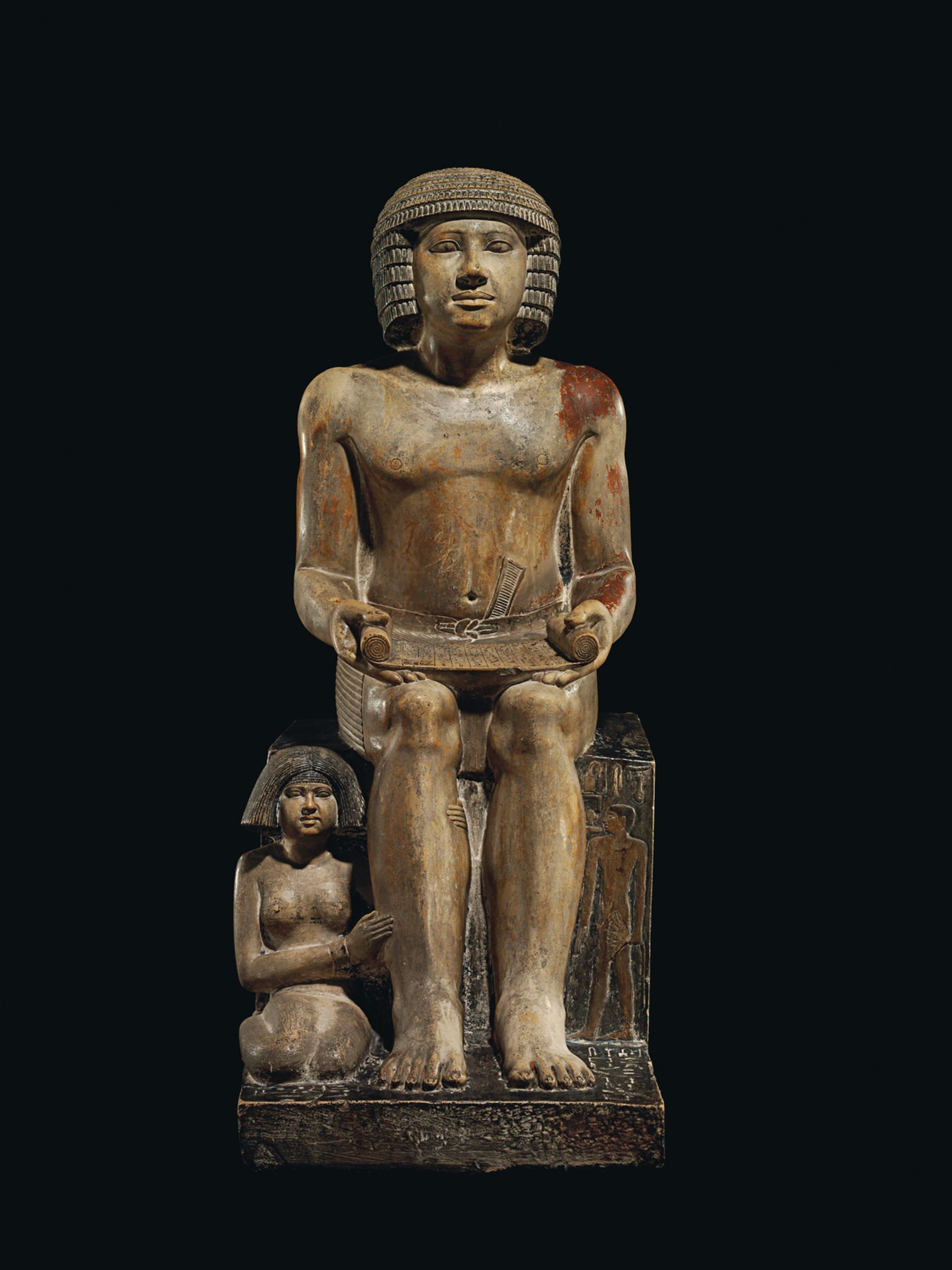If hospitals in Leeds in the north of England were given less effective cancer drugs than those in Bristol in the south west, would we accept it? If schoolchildren in Sheffield were allowed only half the textbooks than those in Canterbury, would we tolerate it?
For our most important public services we expect as close to a level playing field as local circumstances allow. But when it comes to museums we take anything we can get. The growing disparity between cultural services in Hull (excellent, and now the UK’s city of culture) and Huddersfield (run by philistines, of whom more below) is not only unfair on local residents, but poses a grave threat to our national heritage.

The patchiness of cultural services across England is an unfortunate reflection of our times. London museums dominate policy and funding considerations. But one of the wonders of our national art collection is how well dispersed it is across the country, a legacy of the civic pride and industrial strength that built the UK’s regional cities in the 19th and early 20th centuries. Great art can be found in the most unlikely places; two of Brueghel the Younger’s most important works hang in Arbroath Art Gallery.
But now this cultural legacy is under threat as never before. Local authorities are under no legal obligation to provide any form of cultural service, and for many councils that means reducing funding to nothing. Derby (home to the world’s best collection of paintings by Joseph Wright of Derby) could see funding for its museums cease entirely in 2018. In Lancashire, councillors voted to reduce museum funding from £1.3m to £100,000, closing five sites.
Cash cows Worse still, many councils now see local museums as cash cows. In 2014, Northampton council sold an ancient Egyptian statue for £15.7m. When Kirklees Council in Yorkshire learned that a painting by Francis Bacon in Huddersfield Art Gallery might be worth £60m, its leader thought immediately of selling it. “I can’t see any value of owning a painting which is stuck in a cellar most of the time,” said David Sheard in December (disingenuously, for the picture’s value has little bearing on whether it is displayed). Happily the original donor of the painting, the Contemporary Art Society, reminded Mr Sheard that under the terms of its original gift the painting could not be sold. But few works in local collections enjoy the same protection.

If you think publicly owned works of art are mere assets to be realised, then all of this is fine. But if you think the people of Huddersfield deserve to see a Bacon as much as their fellow citizens in London, then it is time to act. Until now, the response to deaccessioning by councils has been weak: removal of Arts Council England accreditation and censure by the Museums Association’s ethics committee (feel those councillors tremble). But that’s like punishing a child for the sins of its parents, and only makes the situation worse.
Many think the answer is simply to demand more money. Council funding from central government has been repeatedly cut since the financial crash of 2008. But there is zero prospect of more money appearing in the economically uncertain years ahead. And some councils (such as Bury, which in 2006 sold a £2m Lowry) have been deaccessioning since before the cuts began. Others, such as Hull, have refused to cut cultural budgets at all. In other words, these matters are entirely in the hands of councillors.
So the question we have to ask is whether local councillors should continue to have control of our national heritage. In 1986, when Liverpool’s “militant” councillors were wondering whether to close down their museums and sell the contents, the Conservative government stepped in and nationalised them. All it required was the stroke of a ministerial pen—a single Statutory Instrument under the 1985 Local Government Act. Since then, Liverpool’s “national” museums have flourished.
These powers could be easily resurrected. Many councils do an excellent job of caring for their museums. But for those that don’t, there would be no better deterrent than the creation of a series of new “national” museums in the regions. There need be no net increase in cost to the taxpayer. The benefit would lie in stability, as well as the wider recognition afforded to such institutions, providing a platform for future growth. The stranglehold of London institutions on policy and funding would be diluted. And, best of all, no great works of art could be sold. Ministers, wield your pens.
• Bendor Grosvenor is an art historian, art dealer and broadcaster


